Depending on where you live, if you drive yourself to work, your daily commute could be up to 90 minutes each way. The average American will spend 25 minutes commuting to work according to U.S. census data. Unfortunately, this is taking its toll on your overall health in more ways than the obvious: accumulating even more minutes of sitting throughout your day.
Let’s talk about what is really happening to your health as you are driving yourself to and from work each day, and what you can do about minimizing those negative effects by replacing them with positive habits you can incorporate into your commute.
Traffic Jams, Weather Delays, Road Rage = Another Opportunity for Stress!
 There are things that happen on our commute that we did not plan on that put us behind on our already hectic schedules or just annoy us. It is easy to become anxious when these things happen and start or end the day with added stress from the experience. The truth is these things are typically 100% out of your control, so this should not be a source of stress.
There are things that happen on our commute that we did not plan on that put us behind on our already hectic schedules or just annoy us. It is easy to become anxious when these things happen and start or end the day with added stress from the experience. The truth is these things are typically 100% out of your control, so this should not be a source of stress.
Next time you find yourself in this situation, simply take a few deep breaths. According to the American Institute of Stress, to decrease the damaging effects of stress on the body you should take focused and intentional deep breaths. This will allow you to truly relax by decreasing your heart rate, breathing rate, and blood pressure, thus decreasing your overall response to the added stress.
Commuting Can Be a Pain…Seriously
When you have to sit for long periods of time, make sure you are sitting correctly. This comes back to ergonomics, but setting up your car to meet your needs has many elements to consider. The USDA APHIS Ergonomics Program does an excellent job of teaching you how to set up your driver’s seat properly as well as the risks associated with not setting it up correctly: increasing your risks for low back pain, neck strains, and many other common musculoskeletal injuries. Take a few minutes to properly adjust your vehicle to prevent these issues from occurring.
The Link Between Longer Commutes and Increased Prevalence of Obesity, High Blood Pressure, and Low Cardiovascular Fitness
Research from Washington University has shown a high correlation between longer commutes and increased prevalence of various health conditions such as metabolic syndrome, obesity, and high blood pressure. An obvious way to combat this is to ride your bike or walk to work, but realistically this is not always possible for many adults. Sometimes the commute is simply too long, or the city you are working in does not have the infrastructure to support this.
When commuting by foot or bike is not possible, it is even more important to find time for physical activity at some point during the day to help minimize these risks. One way that you can do this is to use a fitness facility on your way to or from work. This is a great option because not only will it allow you to access activity, but it will break up the time you are spending in your vehicle.
Take This as an Opportunity to Make Time for Your Well-Being
If you have the option of using public transportation, your options here can be endless! One study has shown that people who use active travel (walking, public transportation, and biking) compared to those who drive themselves to work report higher levels of positive well-being. If active travel is not an option, maybe you enjoy listening to music, audiobooks, podcasts, or just being alone with your thoughts. The commute can provide a great opportunity to do these things. Many take this time as an opportunity to learn more in an area that they are interested in but just can’t seem to find the time to do, or to simply just unwind from their hectic schedules.
Although the commute is likely not your favorite part of your day, it does not have to completely derail your employee health if you take these things into consideration. Take a few minutes this week and reflect on your commute and think about where you may be able to incorporate some of these healthy habits to improve upon and maintain your good health.
Consider how you can provide better wellness and fitness services to your employee, click below for ideas from NIFS.

 Children come in all shapes and sizes and with many unique interests. Keeping a child active is a good way to instill a love for movement. Once kids lose interest in playgrounds, what’s the next thing you can do to help them with staying active and healthy?
Children come in all shapes and sizes and with many unique interests. Keeping a child active is a good way to instill a love for movement. Once kids lose interest in playgrounds, what’s the next thing you can do to help them with staying active and healthy?

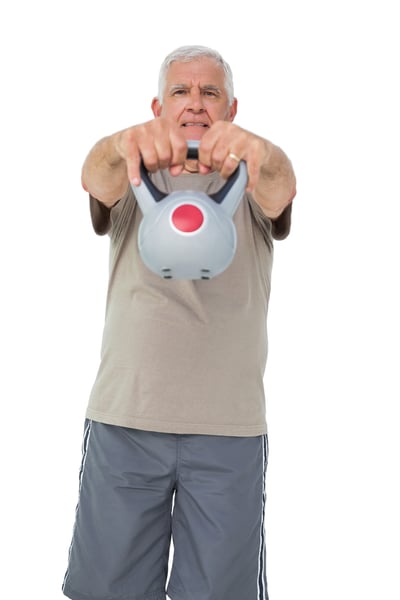

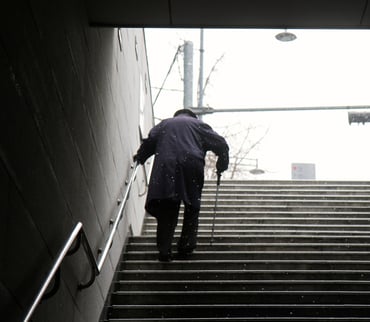
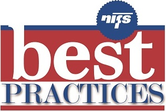
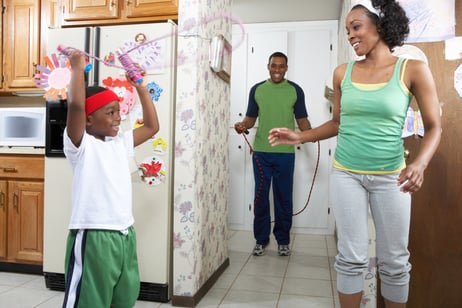 We have all made the excuse that we don’t have the time to exercise. If you have children, this excuse is even more likely. You have to get the kids ready in the morning, you work all day, you get off work, pick up the kids, and take them to their after-school activities. After that you’re finally getting home to cook dinner and relax with the family. Upon finishing dinner, it’s time to shower and go to bed. Now, I know that may feel like an exhausting day and that you have no time for yourself, but if you really look for it there is plenty of time to fit in some exercise.
We have all made the excuse that we don’t have the time to exercise. If you have children, this excuse is even more likely. You have to get the kids ready in the morning, you work all day, you get off work, pick up the kids, and take them to their after-school activities. After that you’re finally getting home to cook dinner and relax with the family. Upon finishing dinner, it’s time to shower and go to bed. Now, I know that may feel like an exhausting day and that you have no time for yourself, but if you really look for it there is plenty of time to fit in some exercise. 
 There are things that happen on our commute that we did not plan on that put us behind on our already hectic schedules or just annoy us. It is easy to become anxious when these things happen and start or end the day with added stress from the experience. The truth is these things are typically 100% out of your control, so this should not be a source of stress.
There are things that happen on our commute that we did not plan on that put us behind on our already hectic schedules or just annoy us. It is easy to become anxious when these things happen and start or end the day with added stress from the experience. The truth is these things are typically 100% out of your control, so this should not be a source of stress. 

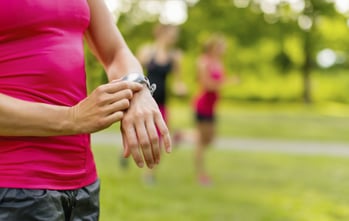
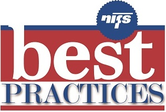
 Regular physical activity is essential for healthy aging! There are two main questions that I am constantly being ask: how much exercise should I do? and how do I find the time to exercise?
Regular physical activity is essential for healthy aging! There are two main questions that I am constantly being ask: how much exercise should I do? and how do I find the time to exercise?
 How many times do you circle a parking lot looking for that perfect spot right in front of the door? It doesn’t matter if I am at the supermarket, a sporting event, a restaurant, or even the gym (sad, but true); I see people circling the lot like they’re in the Indy 500. As I get out of my car and walk to my destination, all I can do is ask myself, “Do they really think they are benefiting from parking in front of the door?”
How many times do you circle a parking lot looking for that perfect spot right in front of the door? It doesn’t matter if I am at the supermarket, a sporting event, a restaurant, or even the gym (sad, but true); I see people circling the lot like they’re in the Indy 500. As I get out of my car and walk to my destination, all I can do is ask myself, “Do they really think they are benefiting from parking in front of the door?” Are you ready to make a change in your life? Have you been busy with a career or raising a family and put working out on the back burner? Most people’s activity level tends to significantly decrease in their 30s and 40s, and it only continues from there. It’s time to focus on you and spend just a few minutes each day doing something for yourself.
Are you ready to make a change in your life? Have you been busy with a career or raising a family and put working out on the back burner? Most people’s activity level tends to significantly decrease in their 30s and 40s, and it only continues from there. It’s time to focus on you and spend just a few minutes each day doing something for yourself.